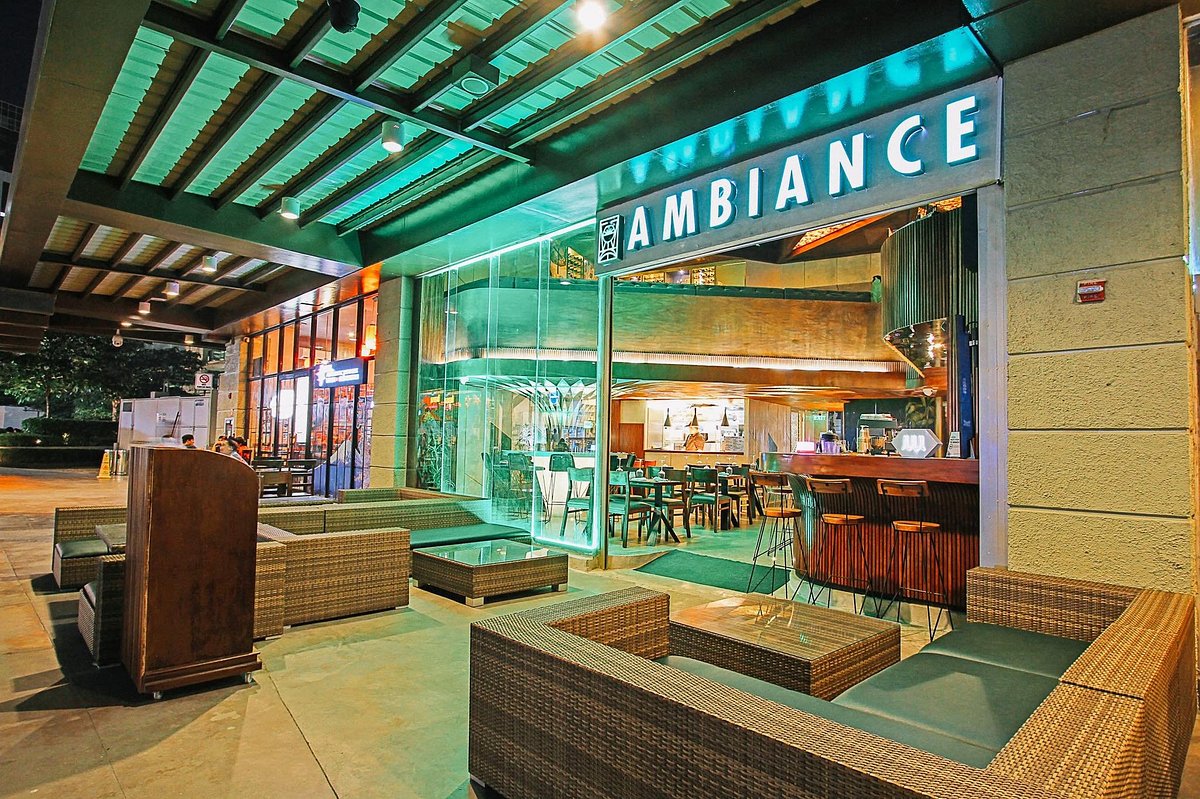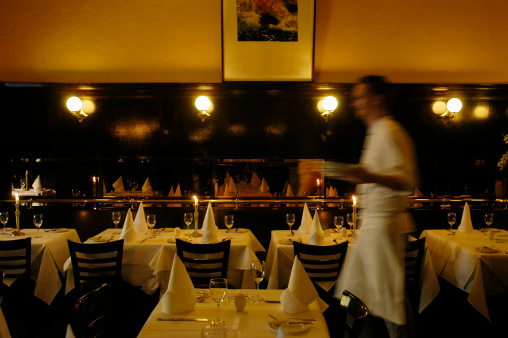Savor Genuine Oriental Cuisine With a Pan-Asian Twist for a Culinary Journey
Starting a culinary journey via genuine Asian cuisine, enhanced with a Pan-Asian spin, supplies a distinct possibility to explore the abundant tapestry of flavors that specify the region's diverse cooking traditions. This experience welcomes you to appreciate the splendid balance of preferences-- wonderful, salty, spicy, and sour-- balanced by aromatic herbs and flavors. Envision the cutting-edge blend of Thai curry and ramen or the unanticipated delight of sushi burritos. As you ponder these enticing meals, consider the cultural narratives and historic impacts that form them, each bite offering a story waiting to be discovered.

Exploring Pan-Asian Flavors
In the world of global gastronomy, Pan-Asian cuisine attracts attention for its remarkable variety and the unified interaction of tastes from numerous Oriental societies. This culinary technique celebrates the rich traditions and one-of-a-kind ingredients found throughout the continent, creating a tapestry of preferences that is both intriguing and gratifying. Trick to Pan-Asian cuisine is its capacity to stabilize contrasting flavors-- pleasant, salty, spicy, and sour-- while highlighting the freshness and high quality of each active ingredient.
From the umami-rich soy sauce of Japan to the fiery chili peppers of Thailand, Pan-Asian food offers a comprehensive palette of tastes. These elements are typically integrated in inventive ways, improving recipes with layers of complexity. For example, using fragrant herbs such as lemongrass and cilantro, typical in Vietnamese and Thai cuisine, adds a revitalizing illumination to recipes, while the consolidation of coconut milk delivers a luscious, rich appearance.
The emphasis on fresh produce and fragrant seasonings ensures that each meal is not only a banquet for the palate but likewise for the senses. Pan-Asian food invites restaurants to embark on a culinary trip, exploring the vast and varied landscapes of Eastern gastronomy with every bite.
Blend Recipes to Attempt
While Pan-Asian cuisine is commemorated for its traditional flavors, the modern-day cooking landscape is significantly embracing fusion meals that mix these traditional elements with influences from various other areas. This ingenious method not just honors the rich heritage of Oriental cookeries but likewise presents novel taste experiences that attract contemporary palates.
A prime example of such a blend recipe is the Korean-Mexican taco, where marinaded bulgogi beef is wrapped in a cozy tortilla, topped with kimchi and a zesty gochujang-infused salsa. This mix marries the bold, savory tastes of Korea with the vibrant, fresh aspects of Mexican cuisine. Similarly, sushi burritos have actually gotten appeal, amalgamating the fragile virtuosity of Japanese sushi with the hearty, hand-held benefit of a burrito, usually including combination active ingredients like tempura shrimp and avocado with a drizzle of wasabi mayo.
Another significant dish is Thai curry ramen, which instills the creamy, aromatic flavors of Thai curry right into the soothing brew of traditional Japanese ramen, creating a harmonious blend that tantalizes the detects. These combination meals extend past simple novelty; they represent a culinary dialogue in between societies, encouraging exploration and development worldwide of Pan-Asian food.
Crucial Active Ingredients and Spices
To genuinely value Pan-Asian cuisine, one should recognize the essential active ingredients and flavors that form its structure. This diverse culinary design attracts from a rich tapestry of Eastern practices, utilizing a harmonious mix of structures and tastes. Secret components include soy sauce, fish sauce, and oyster sauce, which present a full-flavored umami depth necessary to Asian dishes. Corresponding to these are rice vinegar and mirin, offering a fragile acidity and sweetness.
Fragrant elements are crucial, with garlic, ginger, and lemongrass being common throughout various Pan-Asian dishes. These ingredients offer a great smelling base that enhances the intricacy of flavors. Flavors such as celebrity anise, cardamom, and cinnamon present heat and character, resembling influences from areas like China and India.

Cooking Strategies and Tips
Understanding the art of Pan-Asian cuisine calls for knowledge with its distinctive food preparation strategies, each adding to the lively tapestry of tastes his comment is here this culinary custom is celebrated for. Central to these techniques is the stir-fry, a fast cooking strategy that maintains the dietary honesty and vibrant colors of active ingredients. Utilizing a wok, the stir-fry technique allows for also warm circulation, important for attaining the characteristic structure and taste balance of Pan-Asian dishes.
Another essential strategy is steaming, especially widespread in Chinese food. This mild method maintains the natural tastes and nutrients of ingredients, making it ideal for seafood and veggies. Dumplings, a cherished staple, frequently take advantage of steaming, resulting in soft, delicious structures.
Grilling, also integral, passes on smoky depths to meals such as Korean bulgogi or Japanese yakitori (Chinese food Islamabad). This method typically entails marinading active ingredients, enabling flavors to pass through deeply prior to food preparation over an open flame or warmer
Last but not least, understanding the art of balancing tastes-- pleasant, sour, salty, bitter, and umami-- is essential. Properly layering these elements can boost a recipe from common to remarkable, offering a facility and satisfying culinary experience that symbolizes the essence of Pan-Asian cuisine.
Eating Experiences Worldwide
Around the world, Pan-Asian cuisine offers an unparalleled dining experience, celebrated for its abundant tapestry of tastes and vivid presentations. This culinary sensation has actually gone beyond cultural borders, catching the hearts and palates of food fanatics worldwide. In cosmopolitan cities fresh York, London, and Sydney, Pan-Asian restaurants offer as melting pots where culinary customs from Thailand, Japan, China, and beyond merge, supplying diners with an eclectic mix of dishes that highlight the area's variety.
The international appeal of Pan-Asian cuisine depends on its capacity to offer both authenticity and technology. Chefs masterfully wed conventional components such as lemongrass, soy sauce, and miso with modern strategies, resulting in meals that are both refreshingly brand-new and acquainted. This fusion enables restaurants to start a culinary trip that values heritage while accepting modernity.
In addition, eating experiences are boosted via thoughtfully made environments that reflect the ethos of Pan-Asian aesthetics. From minimalist Japanese-inspired interiors to lively Thai-themed areas, each dining establishment offers a distinct atmosphere that matches the culinary offerings. As a result, patrons are not just eating a dish however partaking in a cultural experience, making Pan-Asian dining a really worldwide phenomenon.
Conclusion
The expedition of Pan-Asian food supplies an extensive understanding of the complex interaction of flavors and culinary traditions across Asia. By welcoming fusion meals such as Thai curry ramen and sushi burritos, the culinary More Bonuses journey not only highlights the flexibility biryani pot of conventional components yet also showcases ingenious modern-day techniques. This gastronomic experience, improved by crucial flavors and cooking approaches, provides a special opportunity to appreciate the cultural variety and cooking creativity that define Pan-Asian food on a global scale.
Beginning on a culinary trip with authentic Eastern cuisine, boosted with a Pan-Asian spin, provides an unique opportunity to check out the abundant tapestry of flavors that define the region's diverse culinary practices.In the world of worldwide gastronomy, Pan-Asian food stands out for its exceptional diversity and the unified interplay of flavors from various Asian societies. Secret to Pan-Asian cuisine is its capacity to balance different flavors-- wonderful, salted, spicy, and sour-- while highlighting the freshness and top quality of each component.
